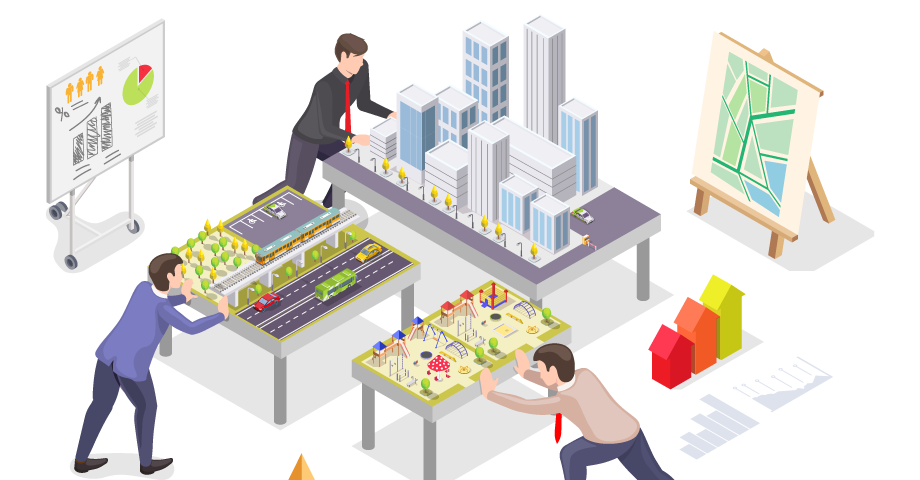-

The Evolution of Commercial Real Estate Development
Real estate developers have played a key role in shaping the landscape and character of urban environments over the last 100 years. From the earliest iterations of the contemporary real estate market to the revolutionary changes that have come to the industry over the last several decades, developers are constantly adapting to meet a shifting…
-

3 Low-Income Housing Tax Credit (LIHTC)Trends Developers Need to Know
Low-income housing tax credits (LIHTC) are the backbone of affordable housing development. The longstanding government program has helped to create opportunities to develop new affordable housing by providing tax credits that offset affordable rental rates. In light of the national housing crisis—the National Low-Income Housing Coalition estimates that there is a shortage of 7.3 million…
-

The Multifamily Market Finally Shows Signs of Recovery
The multifamily market is undeniably the darling of the commercial real estate sector. Through the turbulence of the post-pandemic era, multifamily has outperformed other asset classes, with 95% occupancy and 4% rent growth in 2023. Still, the sector has also experienced its fair share of dislocation. Investment volumes fell 60% last year, new construction starts…
-

Inside the Guessing Game: Interest Rate Predictions for 2024
In commercial real estate, interest rates are always a hot topic. In the many years leading up to the pandemic, investors and developers were absorbed with trying to guess when interest rates—which at that time had been at historical lows for an extended period —would increase. Today, everyone is trying to guess when they will…
-

Everything Developers Need to Know About Live Work Play Communities
Live-Work-Play communities are a type of mixed-use development based on the idea that residents don’t need to leave a given area to access all of their living needs, including residential housing, office complexes, shopping, recreation, restaurants, or other amenities. The concept aims to help prime markets produce more high-density, affordable housing amid shortages while creating…
-

Understanding the Pros and Cons of Office-to-Residential Conversion
The COVID-19 pandemic and the ongoing popularity of remote work has put office building owners in a difficult position. While certain assets have proved resilient – such as Class A office space rich in amenities – Class B and Class C office buildings remain in decline. As a result, many developers are looking for ways…
-

10 Ways Real Estate AI is Transforming the Industry
The commercial real estate development industry, like many others, is set to be disrupted and enhanced by artificial intelligence (AI). The industry has a reputation for being slow to adopt new technologies – Deloitte’s 2024 Real Estate Outlook survey reported 61% of respondents said their firm’s core technology infrastructure still relied on legacy systems. However,…
-

Unpacking the Net Zero Building: What Developers Need to Know
Net zero buildings, or properties that produce as much energy as is consumed over the year, may soon become an important part of your firm’s efforts to meet Environmental, Social, and Governance (ESG) targets. The White House set a goal to make zero emissions new construction and retrofit common practice by 2030. To help public…
-

Placemaking Is the Key to a Successful Mixed-Use Development
Mixed-use real estate is quickly becoming one of the most popular asset classes. The property type is transforming urban landscapes and providing people with easy access to restaurants, retail, recreation, and more. Mixed-use properties have the potential to create dense walkable live-work-play environments that enhance the vibrancy of a city and community—but to create such…